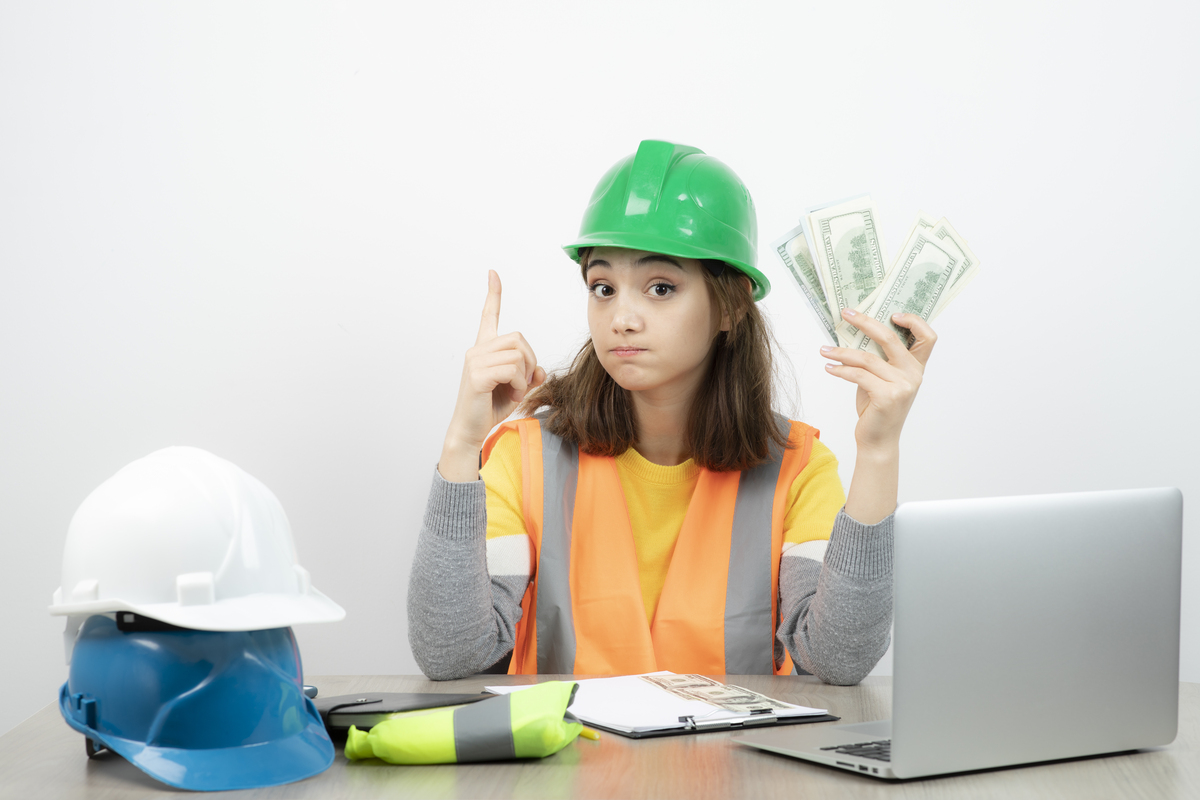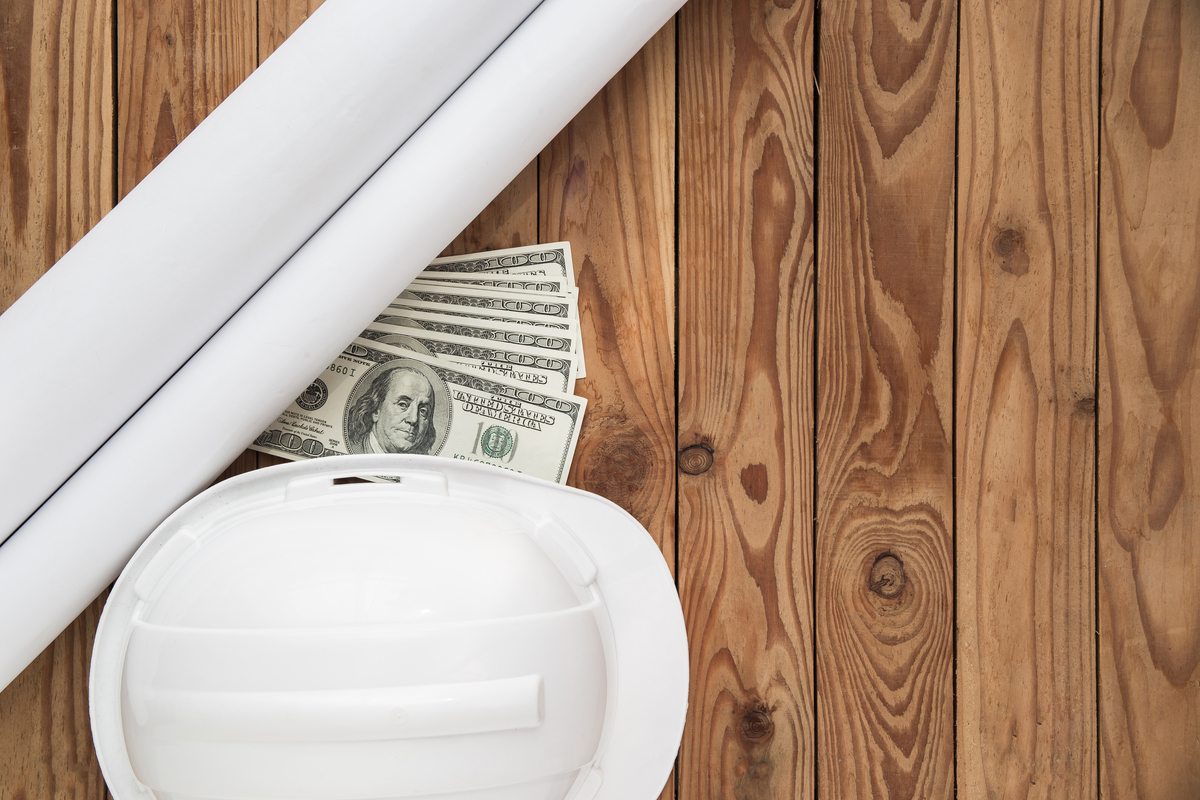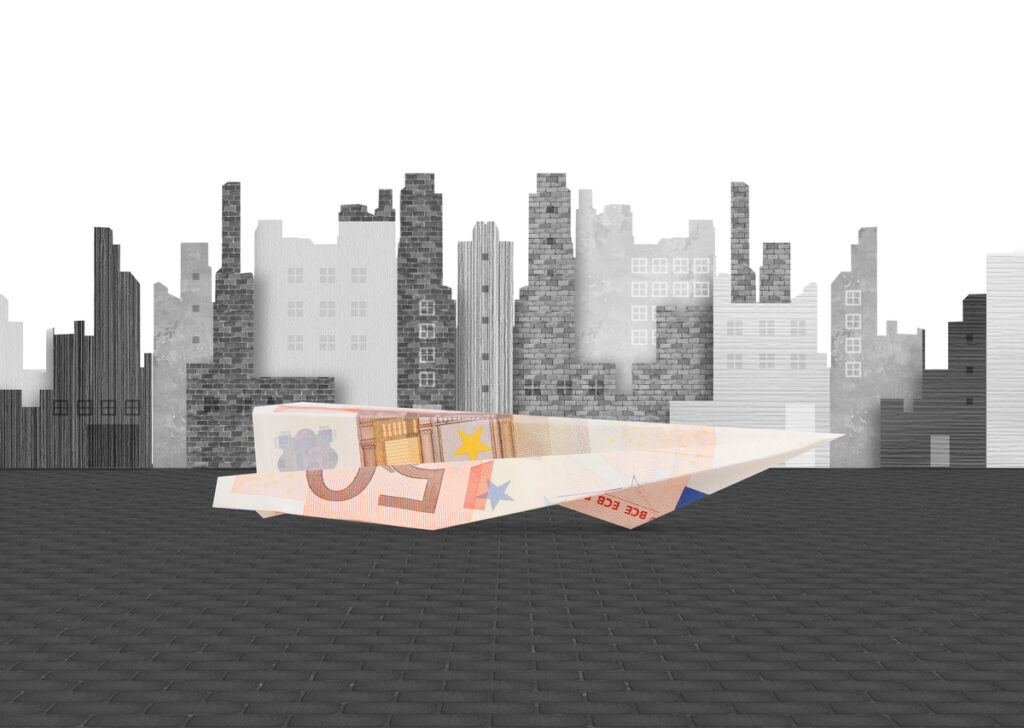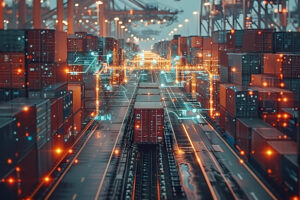In the years leading up to 2025, the construction sector faces a dynamic and uncertain environment. Industry players are increasingly focusing on the 2025 Construction Costs Forecast as global markets bounce back from the recent economic upheavals. Construction costs are anticipated to be significantly impacted by a number of factors, including labor shortages, supply chain interruptions, inflation, and the growing demand for sustainable materials.
With these factors at play, construction professionals must comprehend the main factors influencing cost variations in order to maintain their competitiveness and efficiently manage budgets. Technological developments and legislative changes will also influence the cost of building, thereby increasing or decreasing financial strains. In order to help contractors, project managers, and developers navigate this complicated and dynamic market, this projection examines the elements that will determine building costs in 2025.
Table of Contents
The State of the Economy and how it Affects Building Costs
1. Supply Chain Challenges and Delays
Continuous supply chain interruptions are another important factor influencing construction costs. The supply of building materials has been limited by the COVID-19 outbreak and current geopolitical unrest. Although supply chain problems could subside by 2025, bottlenecks will still be caused by shortages of essential supplies like roofing materials and microchips for construction equipment.
Project delays might result in cost overruns as building schedules lengthen and labor costs rise to make up for the longer work period, according to the 2025 building Costs Forecast. Large-scale infrastructure projects and government-funded development, where logistics and procurement are more complicated, are where these delays are most apparent. To reduce the dangers of material shortages, industry experts advise businesses to concentrate on smart sourcing and enduring partnerships with suppliers.
2. Global Inflation and Increasing Prices for Materials
One of the biggest factors influencing building costs in recent years has been inflation, and this pattern is predicted to persist until 2025. The International Monetary Fund (IMF) claims that supply chain interruptions, shifting demand for raw commodities, and geopolitical concerns have kept global inflation rates unstable (IMF, 2023). According to the 2025 Construction Costs Forecast, these factors will continue to drive up the cost of basic commodities like steel, lumber, and cement.
For instance, because production is still limited, steel prices, which experienced significant spikes during the COVID-19 pandemic, are predicted to remain high through 2025 (World Bank, 2022). Both the commercial and residential sectors are affected by these pricing constraints, as developers and contractors find it difficult to stay profitable in the face of rising material prices.
Suggested article to read: LCA in Building Materials: 5 Ways to Select Sustainable Options
Sustainability and Green Building Trends

1. Energy Efficiency and the Rise of Net-Zero Buildings
The growing demand for net-zero energy buildings is another important factor influencing construction prices. Stricter building rules and worldwide environmental concerns have led to a rise in the popularity of these structures, which generate as much energy as they consume. According to the 2025 Construction Costs Forecast, achieving net-zero energy status will often result in higher initial construction costs, primarily due to the integration of renewable energy systems such as solar panels and advanced HVAC systems. But as technology develops and economies of scale take hold, these expenses should go down, eventually lowering the cost of net-zero buildings.
2. Cost of Green Building Materials
With an increasing focus on energy-efficient designs and green building materials, sustainability remains a major force in the construction industry. The transition to sustainable methods is expected to raise initial construction prices, according to the 2025 Construction prices Forecast. Despite offering long-term advantages in terms of energy use and environmental effect, materials like recycled steel, low-carbon concrete, and energy-efficient insulation are frequently more costly than conventional options. As stated by the U.S.
As more projects pursue LEED certification and other environmental construction standards, the market for sustainable buildings is anticipated to expand by 15% yearly, according to the US Green construction Council (USGBC, 2023). Long-term financial benefits, such as lower running expenses and energy savings, make green building materials a good investment, even though they may be more expensive initially.
Labor Costs and Workforce Shortages
1. Impact of Labor Regulations
Construction companies must account for any increases in compliance-related costs as labor standards continue to change, especially with relation to worker safety and wages. Stricter labor laws in some areas may result in increased labor costs as businesses adapt to the new rules, according to the 2025 Construction Costs Forecast. Higher labor expenses may also result from the move toward more diverse and inclusive workplaces, which may call for more funding for hiring, training, and employee assistance.
2. Skilled Labor Shortages
The ongoing lack of competent workers is a major problem for the 2025 Construction Costs Forecast. More than 70% of construction companies reported having trouble recruiting skilled workers in 2022, and this trend is predicted to continue into 2025, according to the National Association of Home Builders (NAHB) (NAHB, 2022). There is a shortage of vital construction skills including electrical work, plumbing, and heavy machinery operation due to the aging workforce and a dearth of new people entering the profession. As businesses compete for a small pool of skilled workers, these labor shortages result in higher compensation, which in turn raises building costs.
Regulatory Changes’ Effects

1. Building Codes and Safety Standards
Construction costs will be directly impacted by changes to building rules, particularly those pertaining to safety. Contractors will have to spend more on superior materials and cutting-edge safety systems as standards get stricter, which will increase project costs. Nonetheless, these modifications are necessary to guarantee the longevity and safety of buildings, and the long-term advantages of stronger constructions will probably exceed the higher initial costs.
2. Rules Concerning the Environment
Governments throughout the world will continue to put pressure on the construction sector to embrace sustainable practices, as more stringent environmental laws are anticipated to go into place by 2025. According to the 2025 Construction Costs Forecast, these rules will increase compliance costs, especially for waste management, water conservation, and emissions reduction. To partially counterbalance the additional expenses, these restrictions might also promote innovation in the application of green technology and low-carbon materials.
Technological Advancements and Their Influence on Construction Costs
1. Virtual construction and Building Information Modeling (BIM)
The design and implementation of construction projects have been completely transformed by Building Information Modeling (BIM). BIM reduces errors and expensive rework by enabling improved collaboration between all stakeholders through the creation of comprehensive digital models of buildings. According to the 2025 Construction Costs Forecast, a more effective construction process and the discovery of possible cost-saving opportunities will result from the broad use of BIM in conjunction with augmented reality (AR) and virtual reality (VR) technology. BIM further reduces costs by improving project visualization prior to construction and assisting in the avoidance of costly errors throughout the build phase.
2. AI and Automation in Construction
According to the 2025 Construction Costs Forecast, automation and artificial intelligence (AI) are revolutionizing the construction sector and will be crucial in lowering long-term building expenses. AI can make better use of time and money by streamlining supply chains, anticipating possible problems before they happen, and optimizing project planning. Furthermore, it is anticipated that automation in the form of robotics, 3D printing, and drone use will lessen the need for manual labor, which will save money on labor-intensive tasks. Although these technologies may require a large initial investment, contractors will be able to save labor costs, increase safety, and shorten project schedules, resulting in a strong return on investment (ROI).

Conclusion
In summary, the construction industry faces a demanding yet flexible environment as a result of the 2025 Construction Costs Forecast. It is obvious that businesses need to take proactive measures to reduce these risks since costs continue to change as a result of labor shortages, supply chain limitations, and inflation. Automation, artificial intelligence, and sophisticated materials are examples of technological innovations that can assist cut down on operational inefficiencies and, eventually, construction costs.
However, a greater emphasis on sustainability, energy-efficient solutions, and green construction materials may result in higher project costs up front, but they will also save money and have regulatory advantages later on. Notwithstanding the difficulties, the industry’s resiliency and future expansion depend heavily on comprehending these tendencies and becoming ready for the shifts predicted. Construction industry professionals can better predict growing expenses and identify strategic opportunities to optimize their operations in 2025 and beyond by remaining informed and adjusting to these changes.
FAQs
What factors will drive construction costs in 2025?
- Answer: Inflation, labor and material shortages, technology improvements, and sustainability standards are important issues.
How will supply chain disruptions impact construction costs in 2025?
- Answer: Disruptions in the supply chain will keep raising the cost of necessary components and creating delays, which will raise building expenses.
What role will sustainability play in construction costs by 2025?
- Answer: Although using green materials and energy-efficient designs would raise initial construction costs, sustainability will result in long-term savings.
How will automation affect labor costs in the construction industry?
- Answer: By decreasing the need for human labor, boosting productivity, and accelerating project completion times, automation will help lower labor costs.
What regulatory changes should construction companies prepare for in 2025?
- Answer: Businesses should get ready for new construction standards and more stringent environmental rules, which could raise compliance costs but result in safer and more sustainable structures.
Suggested article for reading:
The Impact of Data-Driven Construction Safety Systems: 3 Examples
Predictive Analytics in Construction Safety: 4 Examples from 2024
The Role of COP29 in Low-Carbon Construction Practices
10 Data-Driven Construction Trends Shaping the Future 2024
How Data-Driven Insights Saved $1 Billion in Global Construction Projects (2024)
Resources:
IMF | World Bank Report | NAHB | USGBC | Deloitte
For all the pictures: Freepik



